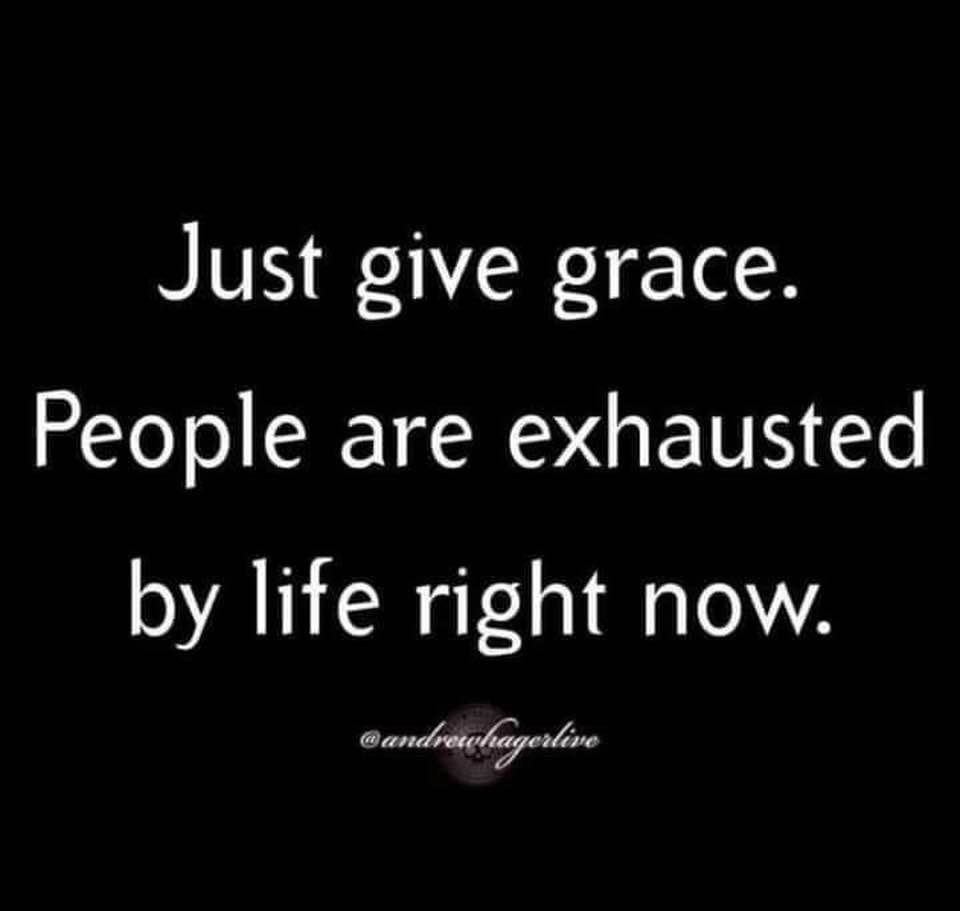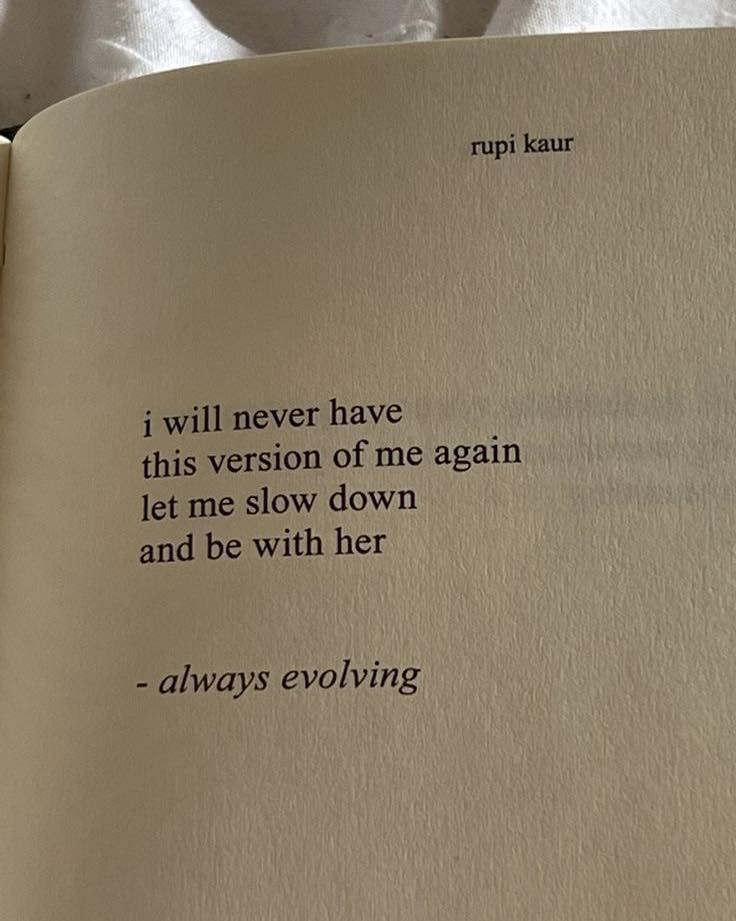What is Craniosacral Massage?
What is Craniosacral Massage?
Many people call me asking for Craniosacral Massage. The first thing I do is listen to why a person wants to come in.
People speak about their health issues, and often state that they have heard about Craniosacral Massage. Yet they don’t really know what it is. It’s important to me to take the time to explain the foundational basics, and then to make sure they question and understand if this work is a good match for what they are looking for.
So I do want to start by clarifying that Craniosacral Therapy is not actually “Massage”. Instead, it is a light touch manual therapy with a very different focus. It’s based on the Craniosacral System and how it relates primarily to the Nervous System. Just to name a few, it’s great for people dealing with:
- Chronic Pain
- Headaches/Migraines/Concussions
- Fibromyalgia
- People looking for Body Centered Help with Trauma Release
- Scoliosis
- TMJ
- Anxiety
You can find out more on the Cleveland Clinic site:
https://my.clevelandclinic.org/health/treatments/17677-craniosacral-therapy
or through the Upledger Institute.
See how a craniosacral therapist in Columbus can help you.
Also, there is a big difference between practitioners and therapists. Practitioners may have taken a class, whereas therapists going through a rigorous process to get certified through the Upledger Institute are much more thorough and deep into the work.
While the touch of Craniosacral Therapy is very light and simple in a way, there is actually alot of complex anatomy and techniques to learn, as well as taking the time to gain experience in order to become a professional and helpful therapist. So if you are looking for a qualified person to meet your needs, ask them about their backgrounds and specilties.
I love Craniosacral Therapy because it can help almost everyone. Craniosacral Therapy is also attentive and gentle-yet profound. It nudges the body into self-healing and deeper awareness. There are a few contraindications, but for the most part everyone can appreicate a healthier nervous system, more balance and fluidity through their bodies.
If you would like to find out more about Craniosacral Therapy, not craniosacral massage, please contact me and I offere free 10 minute phone consults.
Warmly,
Sharon Hartnett CST-D
Worthington, Ohio|Serving the Columbus Area
614 653-8111
To find out more about Craniosacral Therapy, check out my main page.
.



